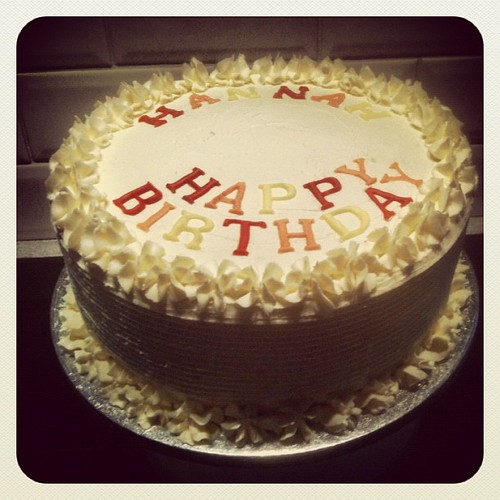These cookies could be either Dahlias or Chrysanthemums, the mould I purchased said it was a chrysanthemum mould, so I have called them Chrysanthemum cookies, but feel free to make them as dahlia cookies if that is what you prefer! The two flowers in fact originate on different continents, even thought they look so similar.
The lavender in the title doesn't just refer to the colour of these flowers, these sweet little cookies are flavoured with lavender as well.
This recipe is an adaptation of a basic sugar cookie recipe. These are such sweet little cookies, that I have given a recipe for a half quantity of cookie dough. I have used a lavender flavouring by Beau products, you could replace the sugar with lavender sugar if you prefer a more natural flavouring.
You can make lavender sugar by wrapping two tablespoons of dried lavender flowers in a muslim pouch and leaving them if a tightly sealed jar containing 1 cup of caster sugar. Leave the flavours to permeate for about two weeks. You could also just mix one to two tablespoons of the dried lavender flowers in with the sugar, this gives pretty flowers in your biscuit mix too.
Lavender Sugar Cookie Recipe
100g / 4oz Butter / block margarine
100g / 4oz caster / superfine sugar (or lavender sugar if using)
1 egg white (two tablespoons)
1 tsp lavender flavouring (if using)
Violet gel colour (optional)
200g / 8oz plain flour
Method
This is best done in a mixer, if you want to do it by hand, rub the margarine into the butter until the mix resembles fine breadcrumbs, stir in the sugar and then mix in the egg white until it forms a dough, pressing together if necessary.
In a mixer:
- Mix or beat the butter or margarine with the sugar and lavender flavouring or lavender sugar.
- Mix or beat in the egg white with a little gel colour if you want to use it
- Mix in the flour until a cookie dough forms.
Roll out the dough on a well floured surface until about half a centimetre or a quarter of an inch thick. Cut out your cookie shapes, choosing a cutter the same size as the mould you are using or a little smaller as the cookies may spread slightly when cooked.
Decorating the cookies
Equipment
Equipment
- lavender coloured fondant or sugar paste
- chrysanthemum mould
- edible glue or piping gel
- edible gold paint if you fancy painting one gold.
- chrysanthemum mould
- edible glue or piping gel
- edible gold paint if you fancy painting one gold.
I have decorated these cookies using this Classic Chrysanthemum mould by First Impressions. This mould does require a little patience and may to be the best to start with if you have not tried moulding with fondant before.
I find it difficult to pop the moulded paste out without putting it in the freezer, so, because I am going to freeze it, I often make it with ordinary sugar paste rather than modelling paste.
I find it difficult to pop the moulded paste out without putting it in the freezer, so, because I am going to freeze it, I often make it with ordinary sugar paste rather than modelling paste.
Method
- Take a piece of sugar paste about the size of a small walnut and knead until smooth. If your fondant is very sticky, rub a little vegetable fat (trex) between your palms. Roll into a ball and press firmly into the mould.
- If you have too much sugar paste, remove the excess. I like to do this by rolling a toothpick across the top, from the centre outwards
- If you don't have enough sugar paste, add a little more
- Use your finger to smooth around and tidy up all the edges.
- If you are lucky, flex the mould and your flower will pop out. (One of mine popped right out)
- If your flower doesn't pop out, place it in the freezer for around fifteen minutes or longer if necessary.
- Use edible glue or piping gel to attach the flowers onto the biscuits.
- If you want to paint one or more, wait 24 hours until the flowers are dry. They get a little moist as they unfreeze. I used two coats of Squires Kitchen edible gold paint to get this effect
That's all for today
Thanks for popping by and please call again soon
Keep up with my latest creations and inspirations in all these places




